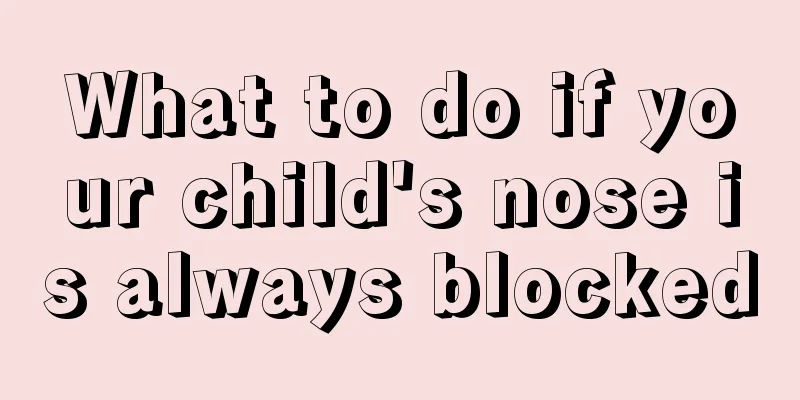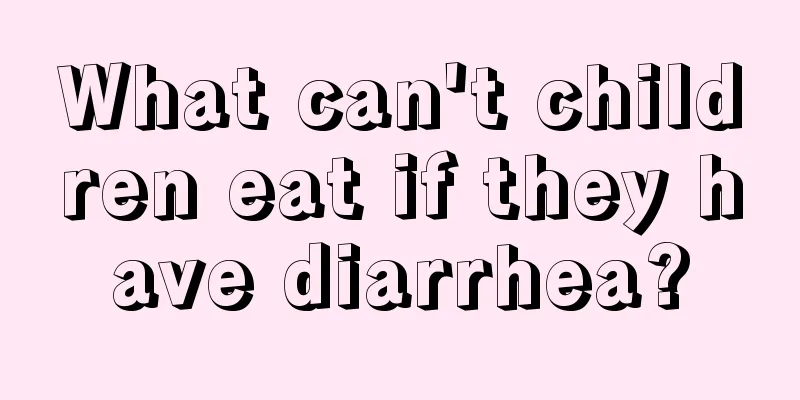Two-year-old child has white spots on his face

|
Every parent hopes that their baby can grow up healthily, but things often go against one's wishes. Babies will always suffer from one disease or another during their growth. At this time, parents will be very worried and, of course, will give their babies active treatment. Some parents found that their two-year-old children had white spots on their faces. What's going on? First of all, parents need to determine what the white spots on the baby's face are. Let's find out~ 1. Are the white spots on my baby's face vitiligo? How to diagnose it? The typical symptom of vitiligo is the appearance of white spots on the affected area, which is more likely to occur on exposed skin areas such as the face and arms. Therefore, if there are white spots on your face, it is most likely vitiligo and you need to go to a professional hospital for a scientific diagnosis. Currently, the American three-dimensional skin CT detection system is often recommended for accurate diagnosis of vitiligo. This system can perform multiple images of the same skin lesion, observe its development and changes, and the improvement after treatment, especially the dynamic changes of skin blood flow. It is a representative of the application of skin imaging in vitiligo detection and treatment. 2. What should I pay attention to if my baby suffers from vitiligo? 1. Patients should maintain an optimistic attitude: a good mood helps recovery from the disease. Avoid aggravating vitiligo due to emotional fluctuations. Of course, a 2-year-old may not have emotional distress. Pay attention to your diet and eat more black foods and bean products such as black rice, black beans, black sesame, and black fungus. Eat less spicy food and stay away from tobacco and alcohol. For 2-year-old babies, attention should be paid to the proper combination of infant diet. 2. Hormone drugs should be used with caution: such as steroid hormones, glucocorticoids, etc. Hormonal drugs can easily irritate the skin, affect the normal metabolism of melanin, and even cause the spread of white spots. For infants and young children, drugs are generally not used. Because children's skin is delicate, their bodies are not yet fully developed, and their body functions are not as good as those of adults, they cannot be treated with the same methods as adults. Therefore, infant vitiligo is treated with 308 excimer laser combined with some methods specially designed for infants and young children. 3. Although patients with vitiligo can take appropriate "sunbaths", prolonged exposure to the sun will be counterproductive and they should avoid prolonged exposure to the sun. In addition, the condition of vitiligo is related to the season. It develops slowly or is dormant in autumn and winter, and develops rapidly in spring and summer. Therefore, there is often a false impression of recovery in autumn and winter. Patients should follow the doctor's advice, adhere to treatment, and not interrupt at will. |
<<: What to do if your two and a half year old baby is nearsighted
>>: One-year-old baby with allergic rhinitis
Recommend
What to do if your 2-year-old baby has a runny nose
The weather in spring is changeable. It is cold i...
Massage techniques for diarrhea in children
Children will have many uncomfortable symptoms af...
What foods can help children sleep?
If a child does not sleep well, it will affect hi...
What are the good foods for children to eat to supplement nutrition?
Children need to supplement a lot of nutrition to...
What causes hand, foot and mouth disease?
Hand, foot and mouth disease threatens the health...
What are the reasons for children's lower eyelid swelling?
Children are the treasures of their parents, and ...
What to do if your child skips school
Books are the ladder of human progress. The reaso...
Febrile seizures in children
Fever can cause many diseases. For example, long-...
What is the reason for foam in children's urine?
Many parents may still be worried when they see t...
The harm of children's tooth fillings killing tooth nerves
We have all experienced toothache. Some people sa...
Four-year-old child's teeth are black
Generally speaking, children's teeth should b...
How to eat egg yolk for six months baby
Newborn babies only need to drink milk, but when ...
What are the medications for children's rhinitis?
When children have rhinitis, parents must first k...
Occult blood in children's urine?
If a child has occult blood in his urine and has ...
How to correctly perform massage for children with diarrhea?
Children's gastrointestinal function is not y...









